Introduction
The world has witnessed an unprecedented health crisis since the emergence of the novel coronavirus (SARS-CoV-2) in late 2019, leading to the declaration of a global pandemic by the World Health Organization (WHO) in March 2020. This pandemic, known as COVID-19, has not only disrupted daily life but also reshaped global economies, education systems, and social dynamics. This English presentation aims to provide a comprehensive overview of the COVID-19 pandemic, its impact on various aspects of society, and the measures taken by governments and international organizations to combat it.
1. The Origin and Spread of COVID-19
The COVID-19 pandemic originated in Wuhan, China, in December 2019. The virus was initially identified as a novel coronavirus, distinct from the SARS and MERS viruses that had caused outbreaks in the past. The rapid spread of the virus was facilitated by international travel and trade, resulting in a global pandemic within months. The virus primarily spreads through respiratory droplets and contact with infected individuals, making social distancing and mask-wearing crucial mitigation strategies.
2. Impact on Health Systems
The COVID-19 pandemic has overwhelmed health systems worldwide, particularly in developing countries. The high infection and mortality rates have put immense pressure on hospitals, causing shortages of medical supplies such as ventilators, personal protective equipment (PPE), and vaccines. The pandemic has also exposed weaknesses in global health governance, highlighting the need for improved preparedness and response mechanisms.
Economic Impact
The economic fallout from the pandemic has been severe and far-reaching. Businesses have been forced to close or operate with reduced capacity, leading to job losses and a decline in global GDP. Supply chain disruptions have affected industries ranging from manufacturing to food distribution. Governments have implemented various measures such as stimulus packages, bailouts for struggling businesses, and wage subsidies to mitigate the economic impact. However, these measures have come at a significant fiscal cost and have raised concerns about long-term debt and economic inequality.
4. Education Disruptions
Schools and universities were among the first institutions to close due to the pandemic, leading to a shift to online learning. While this arrangement has allowed for some continuity of education, it has also exposed digital divides, with many students lacking access to reliable internet or devices. The disruption of in-person learning has had a profound impact on student well-being, mental health, and educational outcomes, particularly for vulnerable populations.
5. Social and Cultural Effects
The pandemic has significantly altered social dynamics and cultural practices. Lockdowns and social distancing measures have led to a decline in social gatherings and events, altering how people interact and celebrate holidays and life milestones. The rise of virtual events and online communities has become a new norm, while the loss of human touch has raised concerns about loneliness and mental health issues. Additionally, the pandemic has highlighted the importance of cultural sensitivity in public health messaging, ensuring that information is relayed in ways that are respectful and understandable to all communities.
6. Government Responses and International Cooperation
Governments around the world have implemented various measures to combat the spread of COVID-19, including lockdowns, travel restrictions, and testing and tracing programs. The World Health Organization (WHO) has played a pivotal role in coordinating the global response, providing guidance on public health measures, sharing information on best practices, and advocating for equitable access to vaccines and treatments. However, challenges remain in terms of vaccine distribution inequality and the need for continued scientific collaboration to develop effective therapies.
7. Vaccination Efforts and Future Prospects
The development and deployment of COVID-19 vaccines have been a major turning point in the pandemic response. Multiple vaccines have been approved for emergency use by regulatory agencies worldwide, with vaccination campaigns launched in many countries. While these vaccines have proven to be highly effective at preventing severe illness and death, challenges remain in terms of global distribution equity and the need for boosters or new variants-specific vaccines as the pandemic evolves. The future of the pandemic depends on continued vaccination efforts, improved public health infrastructure, and ongoing research into treatments and prevention strategies.
Conclusion
The COVID-19 pandemic has underscored the interconnectedness of our global society and the need for collective action in times of crisis. It has exposed weaknesses in our preparedness for pandemics
转载请注明来自爬爬百科,本文标题:《COVID-19大流行,全面分析的英语演讲》

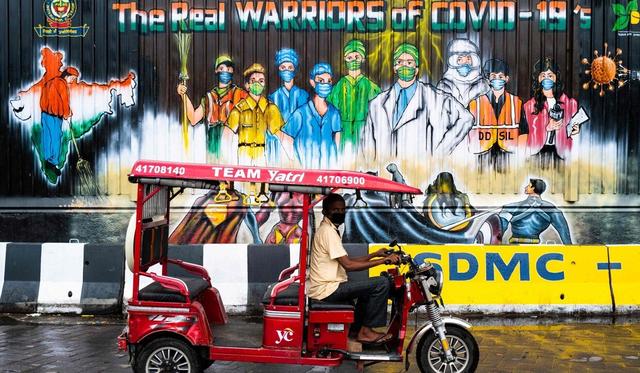
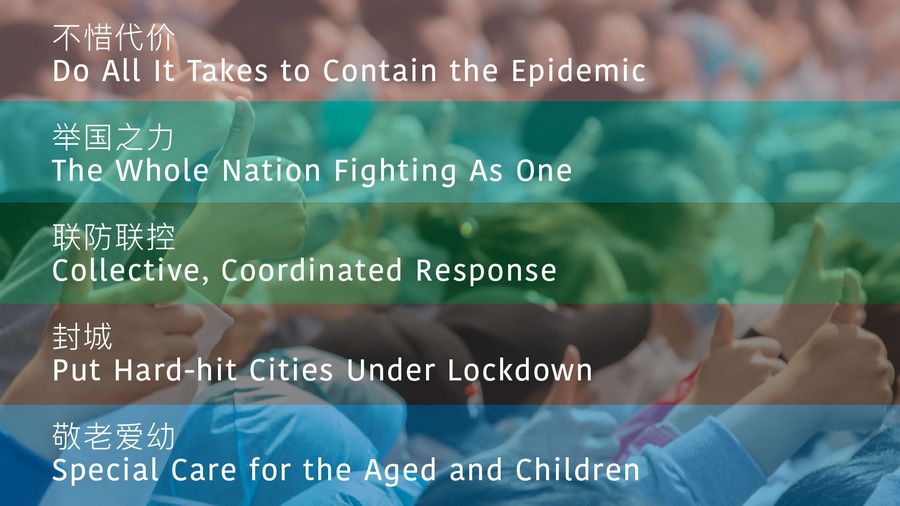
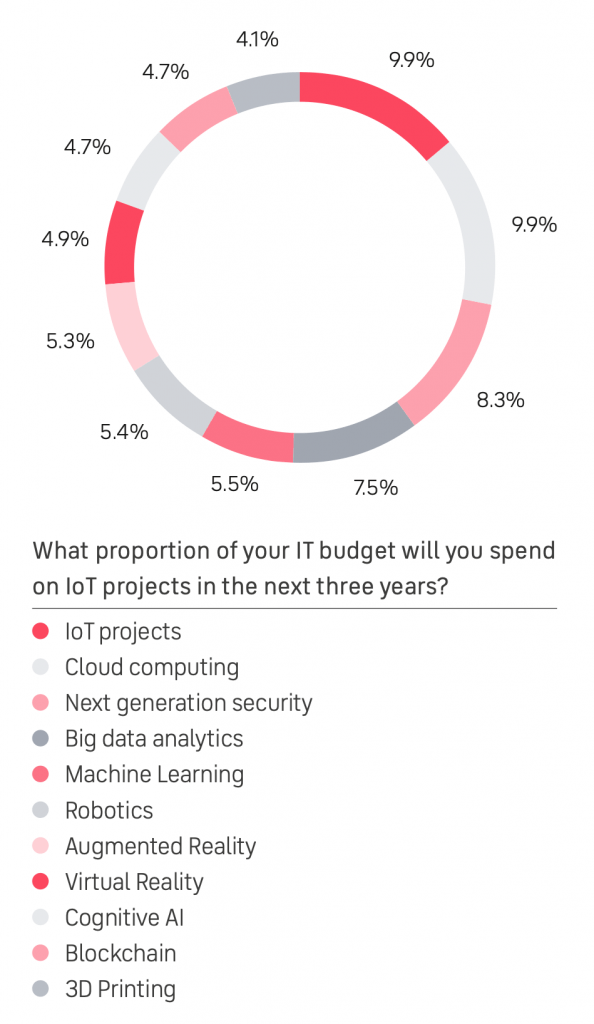




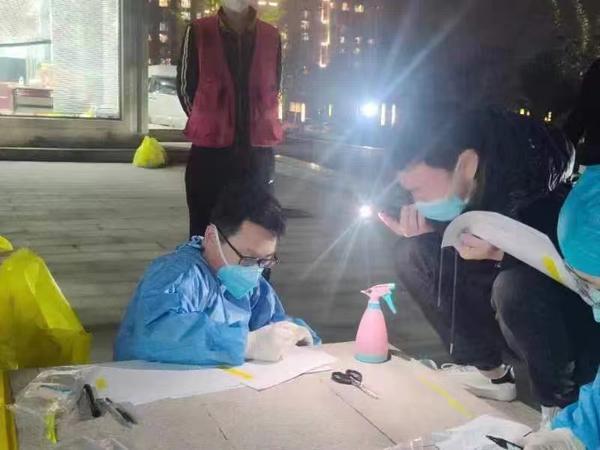
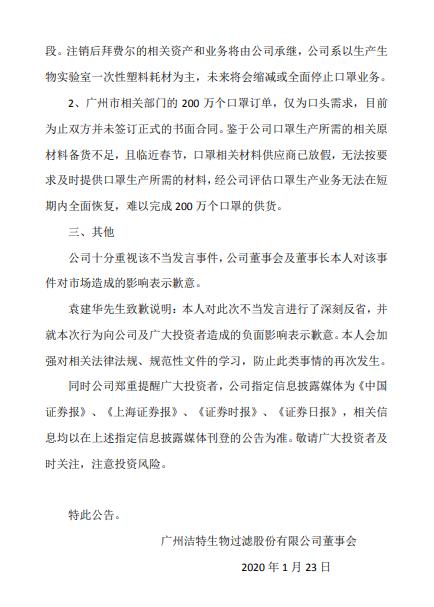

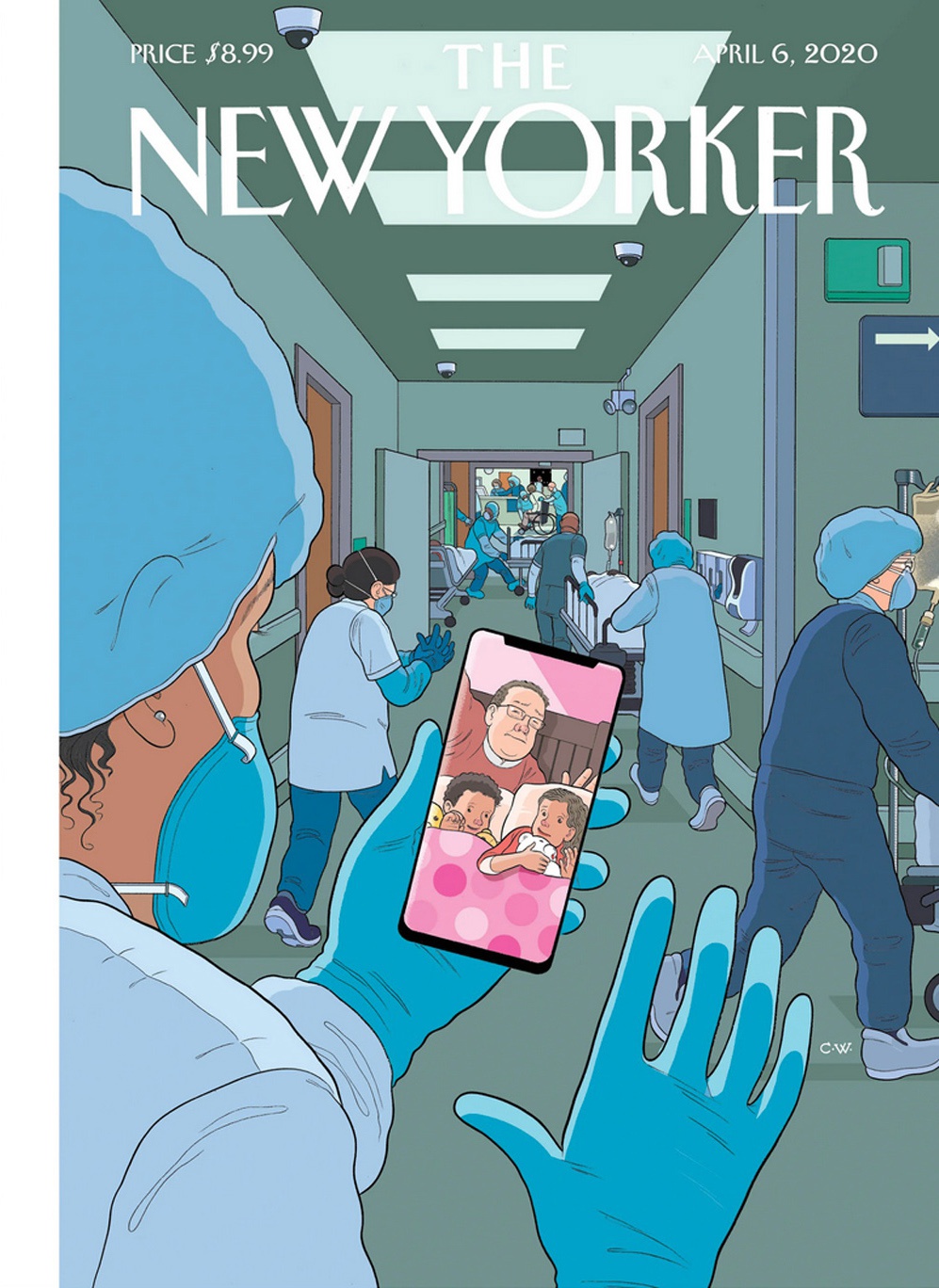
 京ICP备11000001号
京ICP备11000001号
发表评论